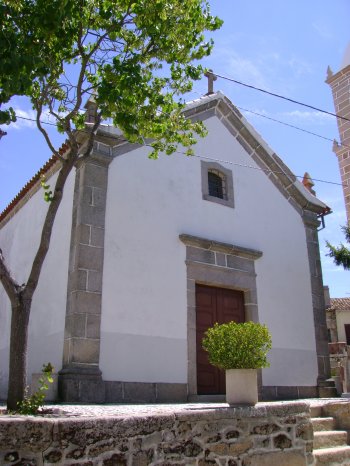Explore the best places
Monuments in Sabugal
Cruzeiro da Sacaparte
- heritage
EN332
6320, Sabugal
18TH century cruise, quadrangular basis, with a circular shaft and a cross with the image of Christ carved.

Ponte de Sequeiros
- heritage
Badamalos
6320, Badamalos
This fortified mediaeval bridge has three arches and maintained its protection tower and toll. It is composed by a flat platform above perfectly vaulted arches with two breakwaters.
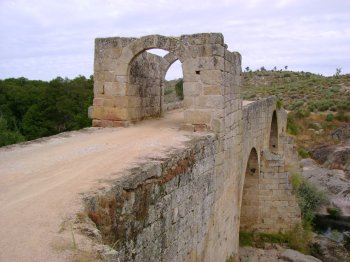
Porta da Vila do Sabugal
- heritage
Rua Santo Condestável
6320, Sabugal
Também conhecida como Porta do Concelho, é uma das quatro portas existentes nas muralhas, datada provavelmente do século XIII. Apresenta um arco quebrado na frente e rebaixado no tardoz, sendo coberta com abóbada de berço abatido.
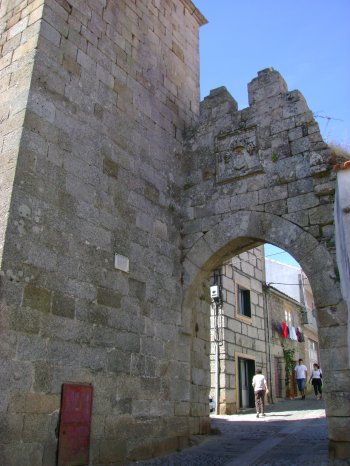
Casa Árabe
- heritage
Rua da Mesquita
6320-530, Sabugal
No one knows for sure the date of construction of the House, while the oral tradition maintains that is dated at the time Muslim, the inscription on the lintel of the door leads to thinking about a late-medieval occupation. Presents a single floor, with irregular L-shaped plant and cover with gable roof.
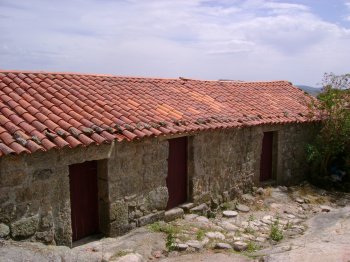
Castelo de Vilar Maior
- heritage
Largo da Misericórdia, 9
6320-601, Sabugal
The early occupation of this site dates back possibly to pre-Roman times, Roman or Muslim, after being rebuilt in 1139. Features a stroke irregular oval, with a square keep, having three records, arrow slits straight and arched door broken. In the 20th century, the building of the old community oven suffered restoration, for here set up a tour desk and a craft shop.
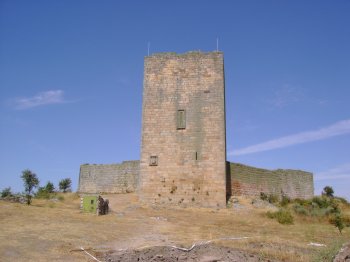
Castelo de Alfaiates
- heritage
Praça Brás Garcia de Mascarenhas
6320-081, Sabugal
It is believed that this castle was built prior to nationality, during the reign of Alfonso IX of León. Later, the King Dom Dinis regained much of that region, ordering works of restoration and expansion in their strongholds. Dom Manuel I gave new Charter to village, taking place new restoration. Currently, there are two square towers, one of the entrance doors bears the Royal Crown and coat of Dom Manuel. The wall that surrounded the village has nothing left.

Castelo do Sabugal e Restos da Muralha
- heritage
Largo de Santa Maria
6320-328, Sabugal
This fortification was built in the 12th and 13th centuries and later sent to enlarge by Dom Dinis. During that time some changes were made, Manueline which subsists the gate which gave access to the drawbridge. Still preserves the Alcazaba with the keep of pentagonal base, the Tower of the five Corners, protected by machicolations and faucets, and the waist of walls that surrounds the village. Emphasis the thickness and height of the curtains of the Alcazaba and the existence of the Barbican.
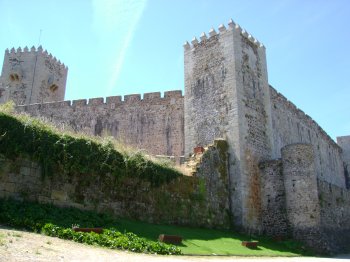
Castelo de Sortelha
- heritage
Largo do Pelourinho
6320-536, Sabugal
Castle of likely Muslim construction, whose oldest written document that references date from the reign of Dom Sancho I, who ordered to repair works in the Castle. Later, Dom Manuel I received it with restoration work, marked by the insertion of the Manueline weapons on wall of castelejo. There is the Citadel with machicolations and national monument to protect the entrance to the enclosure and, inside, a cistern. In the center of the Citadel lies the keep with a square plan and a single floor. The walled fence, with two doors flanked by torres, surrounds the entire village.
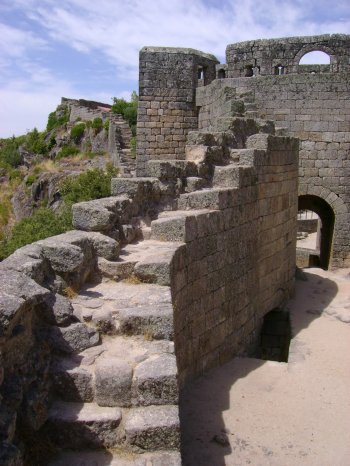
Igreja Matriz de Sortelha / Igreja de Nossa Senhora das Neves e Torre Sineira
- heritage
Largo da Igreja
6320-536, Sabugal
It is believed that the primitive building was built in the 14th century, working at the time as a watchtower. It was later remodeled in 1573, suffering more reconstructions in the following centuries. It consists of a longitudinal plan composed, with a single nave and a square chancel, with coverage in fake wooden barrel vault on the ship and in "alfarge" style in the chancel. Despite medieval origin, the Church denotes a large Renaissance influence.

Igreja Matriz de Vila Boa / Igreja de São Pedro
- heritage
Largo da Igreja, 3
6320-581, Sabugal
Church built in the 19TH century and the 20th century, consisting of a nave only and a separate belfry. Featured, inside, for the altarpieces of gilt.
